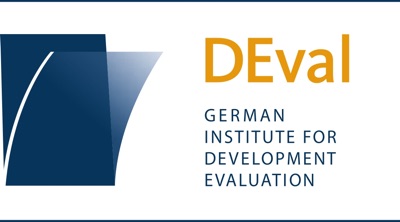
Study on the Allocation Patterns of German ODA Resources
This evaluative study examines the German Official Development Assistance (ODA) funds that different partner countries obtain, which instruments are used and which sectors are involved. The aim is to provide reliable evidence of allocation patterns.
The evaluative study is intended to make the necessary information available so that the ongoing discussion on the allocation patterns of German and international ODA funds can be conducted based on sound evidence. For example, it investigates the geographical and thematic distribution of German ODA funds and their conditional factors, and also presents and discusses the resulting allocation patterns in light of the strategic specifications.
The study does this firstly with a view to past reform efforts and the factors that had an influence on the commitments of ODA payments. Secondly, it considers the strategic decisions made in the “BMZ 2030” reform strategy. In the process, it estimates the need for adjustments and examines how significant the current reform measures are in comparison to those in the past
Background
With the introduction of the ‘Spranger criteria’ in 1991, the assessment of the political, economic and social situation of partner countries became a decisive criterion for the controlled allocation of development cooperation (DC) funds. In conjunction with the Millennium Declaration adopted in 2000, the BMZ also made an effort to focus the German DC portfolio more on certain geographical areas and content. Germany should use lists of countries to concentrate its development cooperation on just a few partner countries, while at the same time focussing its DC portfolio on certain thematic priorities. As people remain critical of Germany’s allocation of ODA funds, the BMZ is again striving, in the context of the current reform of German development policy (Development Policy 2030), to focus more on certain geographical areas and content.
Objectives
The central objective of the study is to provide reliable evidence on allocation patterns and their determining factors. This should provide the BMZ and the general public with sound basic information to allow an evidence-based debate on the commitments of German and international ODA funds.
Methods
The study analyses ODA payments in the period between 2000 and 2020. It applies multivariate statistical methods to examine changes in DC allocation patterns in conjunction with possible explanatory factors.
The causal assumptions that need to be made in order to establish the relationships between cause and effect based on (conditional) connections are based on a systematic review of the research literature.
Contact
Dr Thomas Wencker
Phone: +49 (0)228 336907-951
E-mail: thomas.wencker@DEval.org
Dr Stefan Leiderer
Phone: +49 (0)228 336907-940
E-mail: stefan.leiderer@DEval.org
